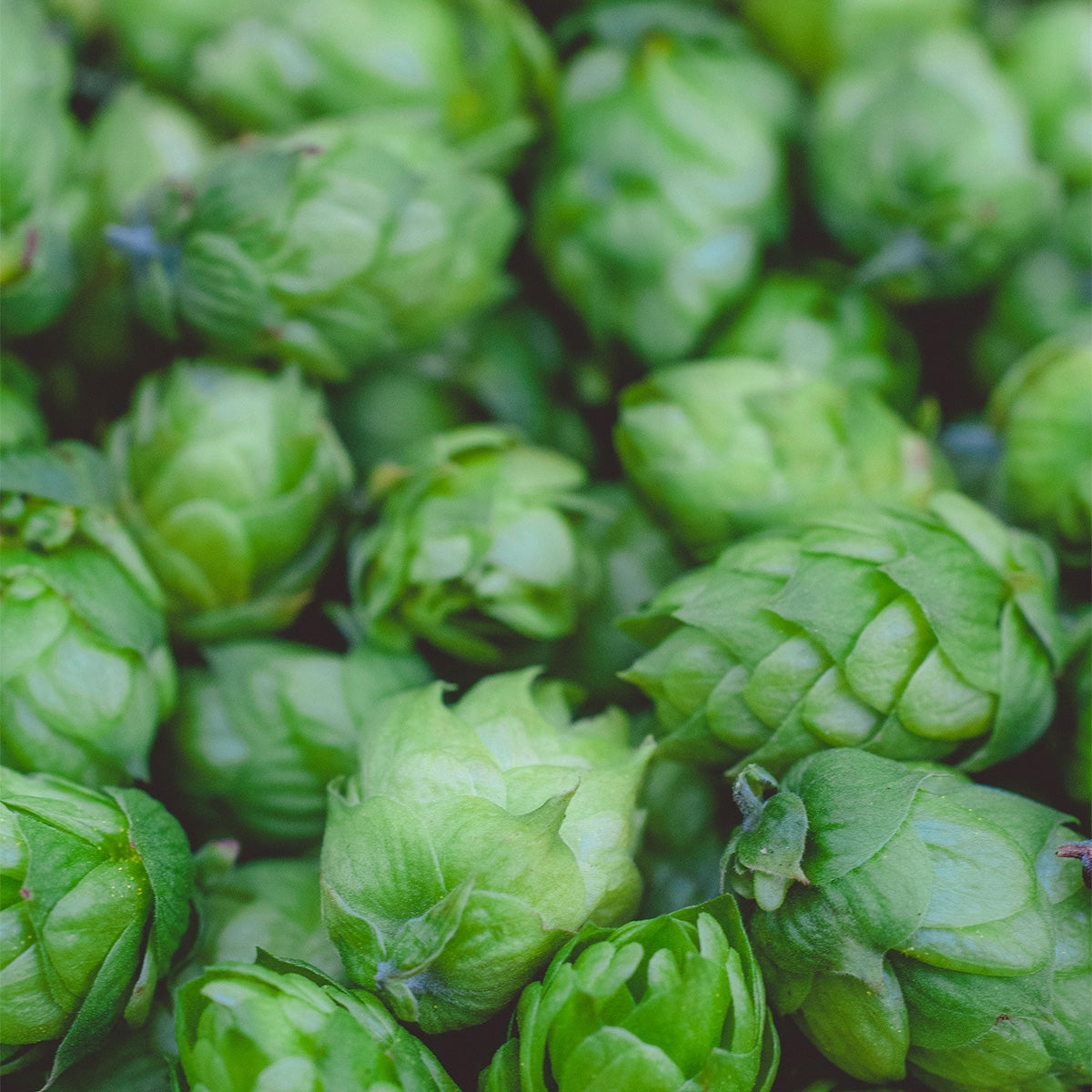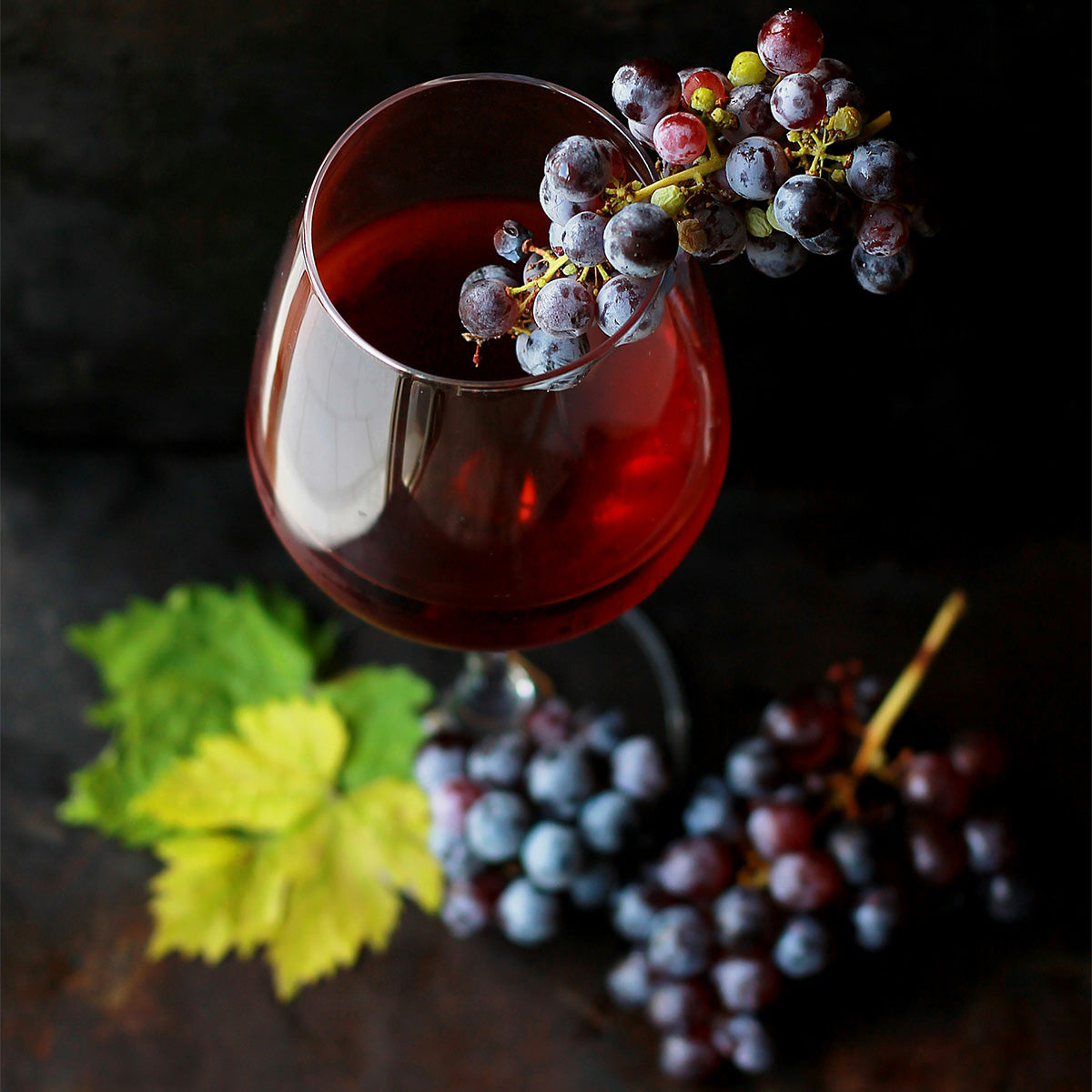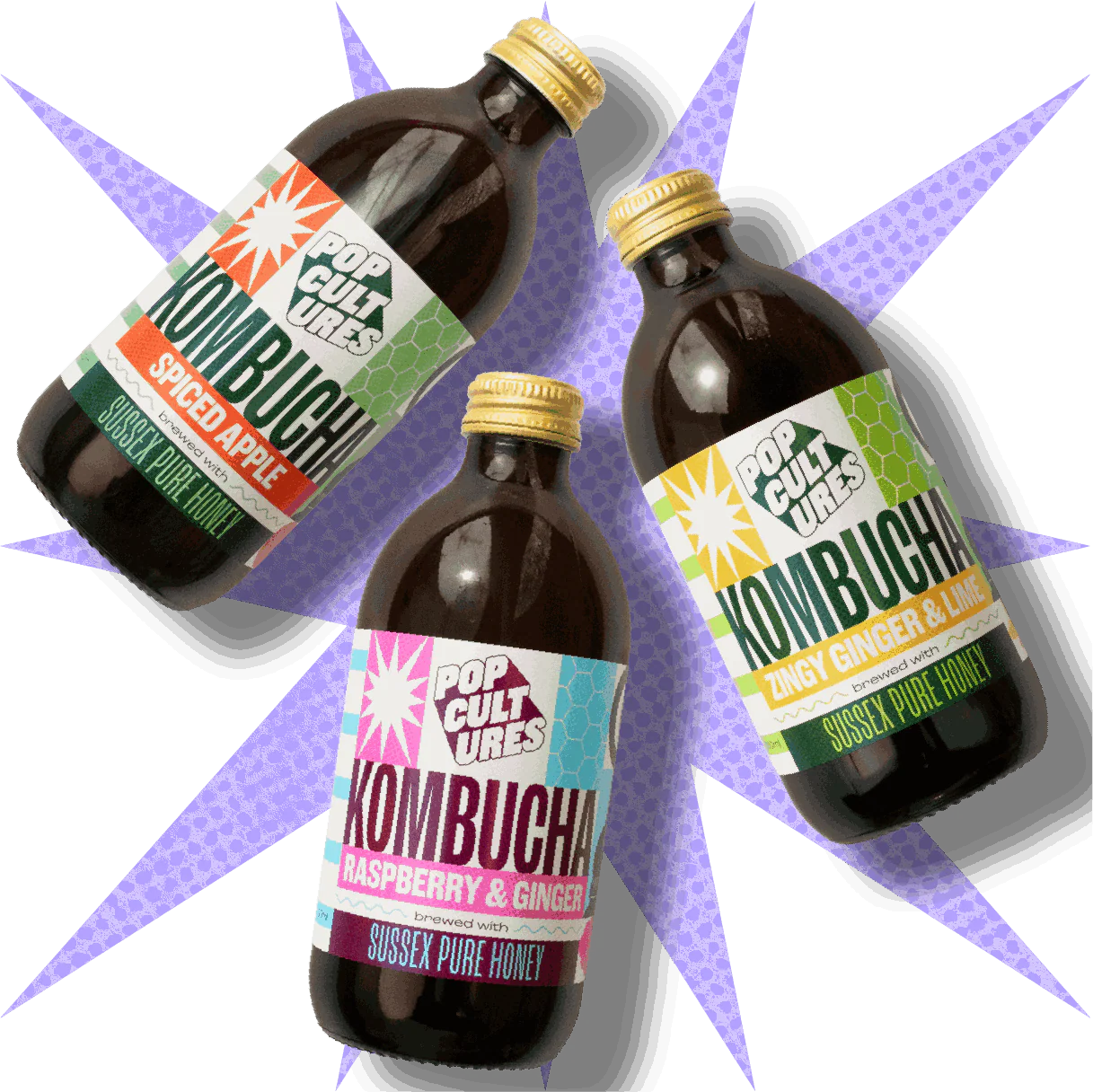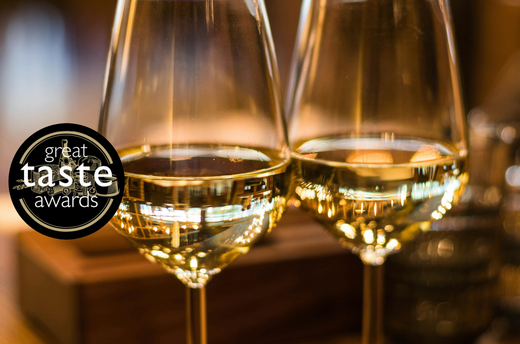How is Non-Alcoholic Beer Made?
Non-alcoholic beer alternatives have been available for over a decade, but for many years, the variety was limited, and the taste left much to be desired.
Recently, however, non-alcoholic beer has experienced a surge in popularity as more people adopt healthier lifestyles. Improved recipes and brewing techniques have transformed these beverages into flavourful, enjoyable options. Curious about what goes into crafting these alcohol-free wonders? Let’s dive into the fascinating world of non-alcoholic beer brewing, where art and science come together to create delightful, refreshing drinks.
Ingredients of Non-Alcoholic Beer
The primary distinction between non-alcoholic and alcoholic beers is, unsurprisingly, the alcohol content. Non-alcoholic beers generally contain between 0.0% and 0.5% ABV, while alcoholic beers can range from 2% to 15% ABV depending on the style.
Both types of beer are made from the same fundamental ingredients: water, grain, hops, and yeast. Water is the most abundant component in beer. Grains provide the fermentable sugars that yeast converts into alcohol. In non-alcoholic beers, this process is carefully managed to limit alcohol production. Hops contribute the characteristic bitterness and aromatic flavours that define a beer's profile.
How is Non-Alcoholic Beer Made?
Non-alcoholic beers are generally produced using one of four methods: controlled fermentation, dealcoholisation, dilution, or stimulated fermentation.
Regardless of the method, breweries use the same fundamental ingredients to ensure the familiar hoppy flavour of traditional beer is retained, minus the alcohol.
Controlled Fermentation
Controlled fermentation is the most common method for producing non-alcoholic beers. This technique involves maintaining low temperatures to limit yeast activity, using yeast strains that cannot break down certain sugars, or fermenting the wort less. By keeping the wort temperature below a certain degree, yeast activity is minimised, all prevents the production of alcohol.
This process results in beer that is either non-alcoholic or contains very low alcohol content.
Dealcoholisation
Dealcoholisation is the process of extracting alcohol from beer to produce a non-alcoholic version. Typically, this is done by heating the beer under controlled pressure, which causes the alcohol to evaporate.
The method involves adding water or steam to help separate the alcohol. After the alcohol is removed, the remaining liquid is a non-alcoholic beer, retaining its original flavour.
Dilution
This method begins with brewing beer in the traditional manner. After the beer is made, the alcohol is then removed.
In the dilution process, water is added to the beer post-fermentation, reducing the alcohol content to 0.5% or lower. This ensures the beer maintains its flavour while meeting the criteria for non-alcoholic beverages.
Stimulated Fermentation
With the simulated fermentation method, the traditional fermentation process is bypassed entirely. Instead, specific ingredients and enzymes are added to mimic the effects of fermentation. This technique is primarily used to guarantee that the resulting beer contains absolutely no alcohol.
Tender, Love, and Care: How Does this Reflect in Pricing?
Non-alcoholic beers, are often priced similarly to their alcoholic counterparts. This pricing parity might seem counterintuitive at first glance, but it is justified by several factors, including the meticulous care, passion, and craftsmanship that go into their production.
The passion and dedication of the brewers also play a significant role in the quality and pricing of non-alcoholic beers. Creating a flavourful, satisfying alcohol-free beer is a considerable challenge. Alcohol is a key component in the flavour profile of traditional beer, and removing it without compromising taste requires innovation and creativity. Brewers invest significant time in experimenting with different techniques, ingredients, and recipes to achieve a product that meets the high expectations of consumers. This commitment to excellence is reflected in the price.
Packaging and marketing also contribute to the cost. Non-alcoholic beers are often packaged similarly to alcoholic beers, using premium materials and designs to appeal to consumers. Marketing efforts to promote these products emphasise their health benefits, quality, and the sophisticated brewing techniques used.
In conclusion, the pricing of alcohol-free beers on par with their alcoholic counterparts can be attributed to the similar and often more complex production processes, the dedication and passion of brewers, significant research and development investments, packaging and marketing costs, and current market dynamics. The result is a high-quality beverage that offers a satisfying alternative to traditional beer, providing value that justifies its price.
Non-Alcoholic Beer Options for You

Nirvana Pils - Non Alcoholic German Pilsner
Nirvana Pils is an alcohol-free take on the classic German Pilsner. With bold noble hops, a light golden colour, and a full bready body, it offers crisp refreshment without the alcohol. Each 330ml can has only 90 calories, making it a light and enjoyable choice for any occasion.

Lowlander Non Alcoholic Citrus Blonde
The aroma offers a mix of fresh oranges, grapefruits, and a touch of herbs. The taste combines zesty citrus and subtle malt, ending with a crisp finish. This beer captivates with its taste and balanced profile.

Ünn India Pale Ale - Non Alcoholic Pale Ale
Enjoy the enticing aroma of tropical fruits and citrus, balanced by earthy pine hops. With each sip, the juicy flavours and resinous bitterness create a memorable experience, leaving you craving more.

Athletic Brewing All Out - Alcohol-Free Stout
A delightful mix of roasted malts, bittersweet chocolate, and a hint of caramel sweetness, balanced by a gentle earthy hop bitterness. This smooth and heartwarming stout was inspired by days on the slopes and cosy nights by the fire.








